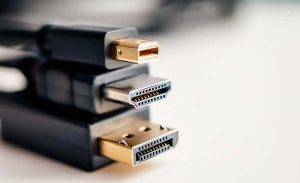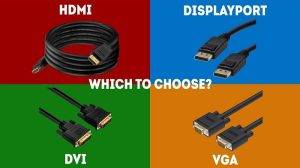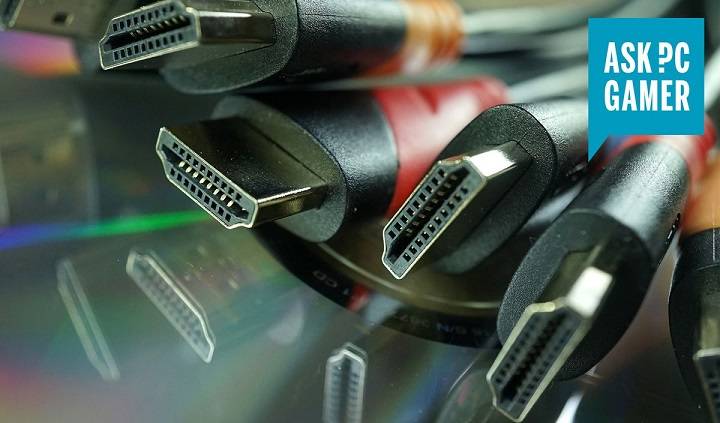In the realm of gaming, every little detail matters. From graphics cards to monitors, gamers constantly seek the best equipment to enhance their gaming experience. When it comes to connecting your gaming rig to your display, two primary contenders emerge: HDMI and DisplayPort. Both offer high-definition audio and video transmission, but which is truly superior for gaming? Let’s delve into the intricacies of HDMI vs. DisplayPort to find out.
Understanding HDMI:

- High-Definition Multimedia Interface (HDMI) has been a staple in home entertainment setups for years.
- HDMI supports high resolutions and refresh rates, making it suitable for gaming.
- It’s widely compatible with various devices, including TVs, monitors, and gaming consoles.
- HDMI cables are affordable and readily available in the market.
- However, HDMI’s bandwidth limitations can affect performance at higher resolutions and refresh rates.
Exploring DisplayPort:
- DisplayPort is a newer interface designed specifically for high-resolution displays and gaming applications.
- It offers higher bandwidth compared to HDMI, allowing for smoother gameplay at 4K and beyond.
- DisplayPort cables support higher refresh rates, crucial for competitive gaming.
- Adaptive-Sync technologies like AMD FreeSync and NVIDIA G-SYNC are often better supported through DisplayPort.
- DisplayPort cables are generally more expensive than HDMI counterparts.
Comparing Performance:

- Resolution and Refresh Rates:
- HDMI: Supports up to 4K resolution at 60Hz, with some newer versions offering higher capabilities.
- DisplayPort: Can handle 4K resolution at 120Hz or higher, providing smoother gameplay and reduced motion blur.
- Adaptive-Sync Support:
- HDMI: While some HDMI versions support Adaptive-Sync, compatibility can vary, leading to potential issues with screen tearing and stuttering.
- DisplayPort: Widely recognized as the superior choice for Adaptive-Sync technologies, ensuring tear-free and smooth gaming experiences.
- Bandwidth:
- HDMI: Limited bandwidth can pose restrictions on achieving the highest resolutions and refresh rates, particularly in multi-monitor setups.
- DisplayPort: Offers higher bandwidth, making it ideal for driving multiple high-resolution displays simultaneously without compromising performance.
Compatibility and Availability:
- HDMI enjoys widespread adoption across various devices, including gaming consoles, PCs, and TVs.
- DisplayPort is commonly found in high-end monitors and graphics cards, but its prevalence in consumer electronics like TVs and gaming consoles is comparatively lower.
- Adapters are available to bridge the compatibility gap between HDMI and DisplayPort devices.
Cost Considerations:
- HDMI cables are generally more affordable and widely available in various lengths and qualities.
- DisplayPort cables may come at a higher price point, particularly for premium-quality cables designed for gaming and high resolutions.
In the eternal battle of HDMI vs. DisplayPort for gaming supremacy, the choice ultimately boils down to your specific requirements and priorities. If you prioritize high resolutions, fast refresh rates, and seamless gameplay, DisplayPort emerges as the clear winner. However, HDMI remains a versatile and cost-effective option for casual gamers or those with diverse multimedia setups. Ultimately, whichever interface you choose, both HDMI and DisplayPort offer exceptional performance, ensuring an immersive gaming experience that truly shines.


